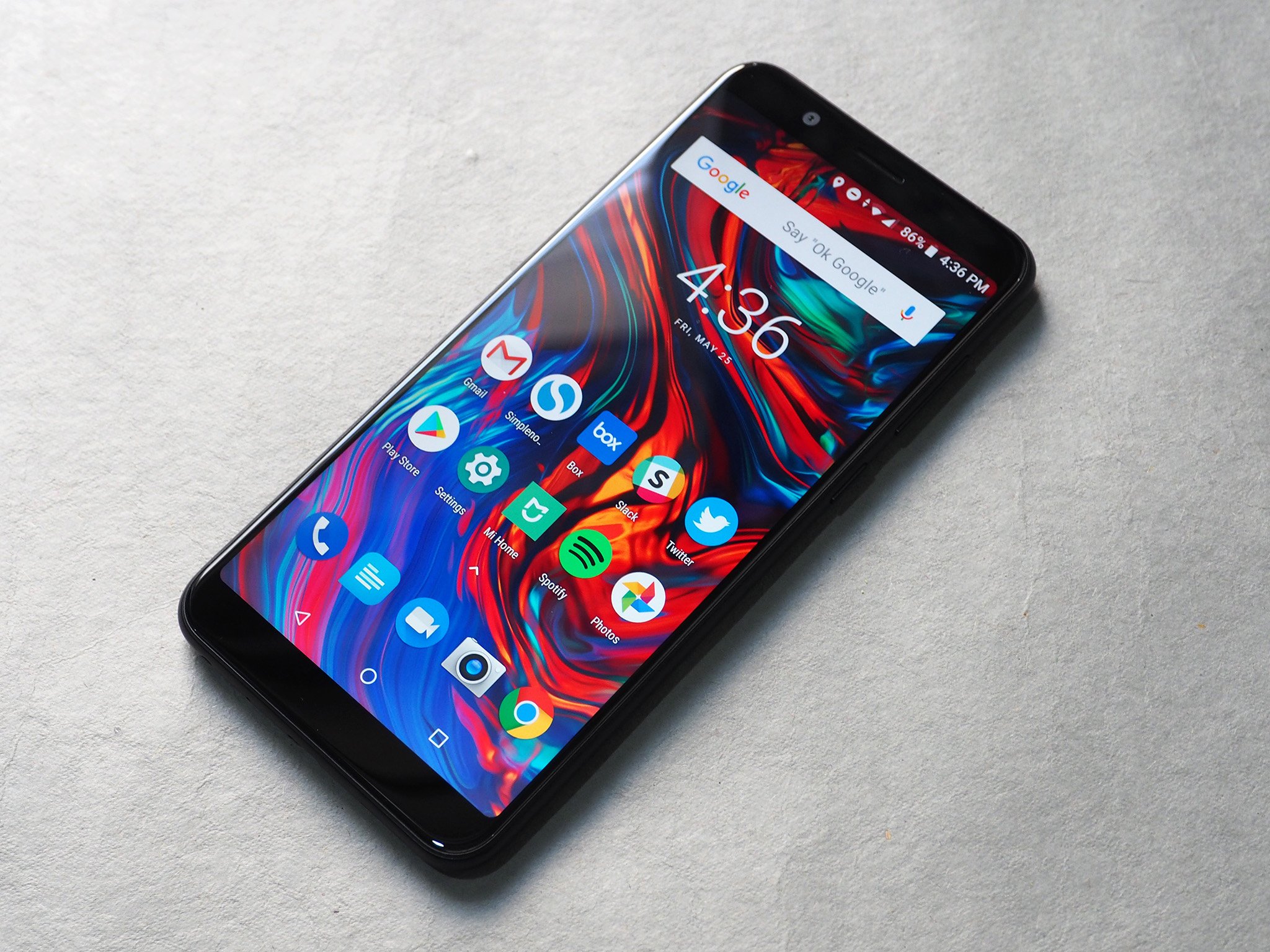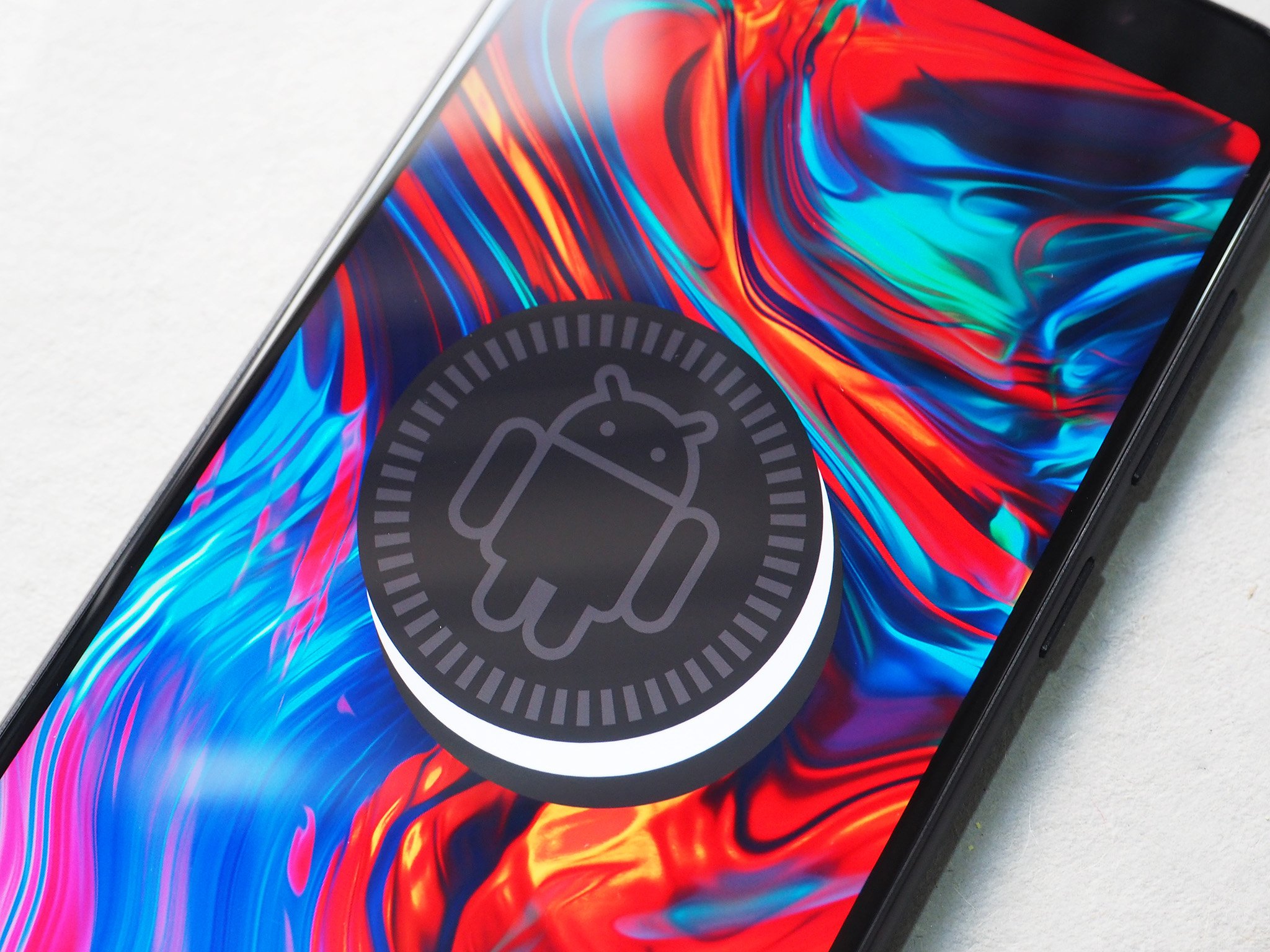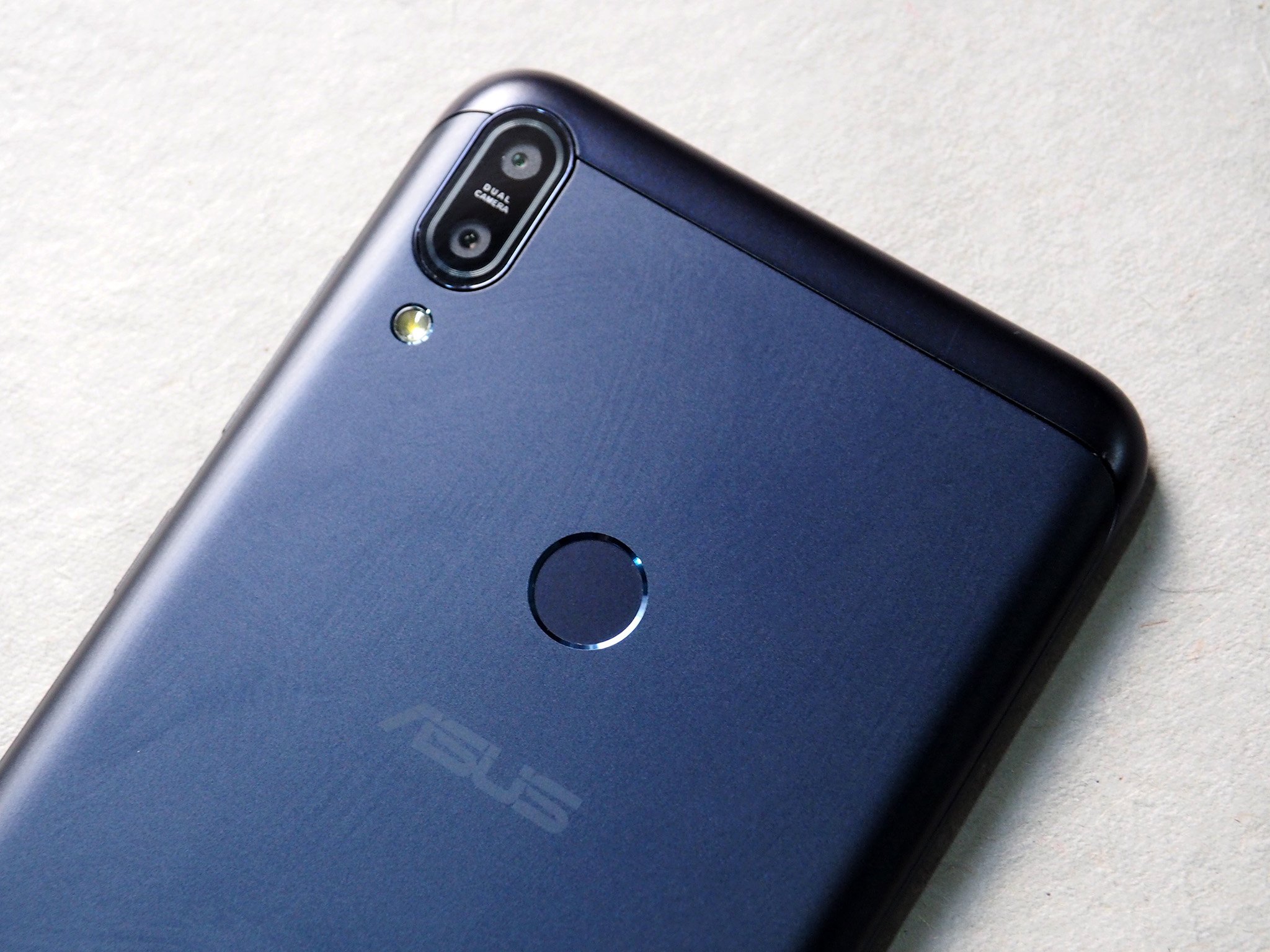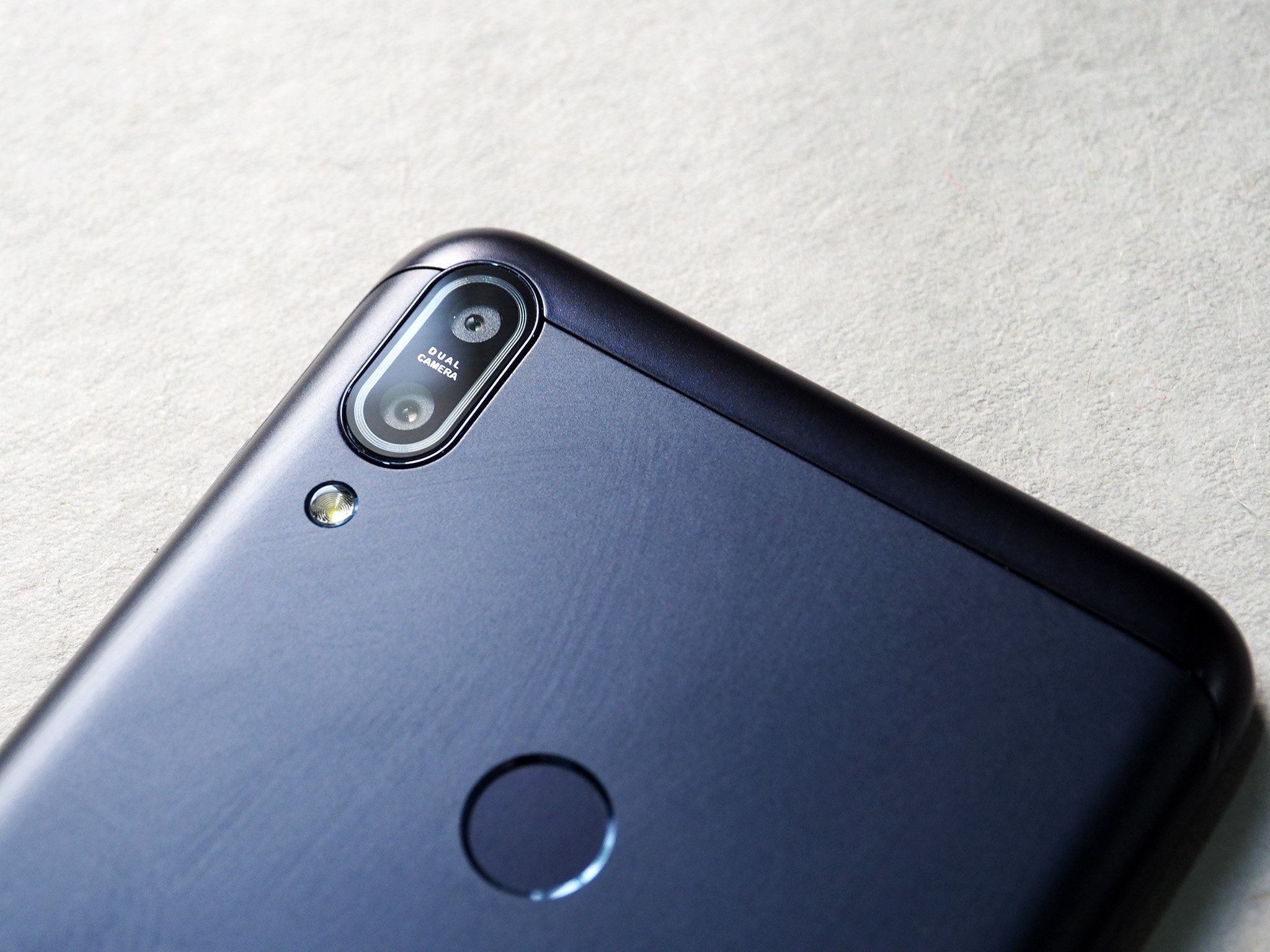ASUS has managed to outclass Xiaomi in the budget segment, and that's no easy feat.
ASUS enjoyed moderate success with earlier models in the ZenFone series in India, but subsequent launches haven't fared so well. A lot had to do with the manufacturer's lackadaisical attitude with updates, and that's an area the brand is looking to fix with its latest device, the ZenFone Max Pro M1.
The M1 is an India-first device that's designed to tackle the unique challenges in the country. ASUS mentioned that after listening to a lot of feedback from its community in India, it decided to go with a vanilla Android skin that's devoid of any ZenUI customizations. Instead of partnering with Android One like HMD, however, ASUS is offering its own pure Android build, and the company is stating that it will deliver timely updates.
Then there's the battery: the M1 comes with a massive 5000mAh battery, because a phone is still the primary gateway to the internet for a majority of Indians. So ASUS threw in a battery that'll easily deliver two days' worth of use.
The third aspect is performance — the M1 is only the second phone in India to feature the Snapdragon 636, and the chipset handles everything you throw at it with ease.
Combine all of the above and a price tag that starts off at just ₹10,999 ($160) and you begin to understand that the ZenFone Max Pro M1 is one of the best devices of the year. Here's my take on the phone after a month of extensive usage.
ASUS ZenFone Max Pro M1 What you'll love
I'll be frank: there isn't much to get excited about when it comes to the design of the M1. It's clear that ASUS wanted to get a phone out in the market as soon as possible, and that meant little to no design flourishes. You get an aluminum mid-frame and a metal alloy back, a dual camera that's arrayed vertically, plastic inserts at the top and bottom that house the antenna bands, and a single speaker located at the bottom next to the Micro-USB charging port. Thankfully, the M1 retains the 3.5mm jack.
The power and volume buttons are on the right side of the device, and they offer decent tactile feedback. I haven't faced any issues with calls or cellular connectivity during my usage, and it's great that ASUS is giving a dedicated slot for a microSD card along with two SIM card slots.
As outlined earlier, there are three areas where the M1 wins out over other devices in this category: software, Snapdragon 636, and battery. Xiaomi's Redmi Note 5 Pro has the same internal hardware, but even it doesn't quite come close to the battery figures posted by the M1. I easily got two days' worth of usage out of the 5000mAh battery with some room to spare.
The 18:9 panel on the device is one of the better ones I've used in this category, and I have had zero issues with the M1 on that front. The 5.99-inch FHD+ (2160 x 1080) panel has vibrant colors with excellent contrast levels, and it gets sufficiently bright that I didn't have any problems viewing the screen under sunlight. There isn't much in the way of customization if you want to adjust the display's color temperature to your liking, though.
You can't ask for much more from a budget phone.
The single speaker located at the bottom is average — it gets loud, but details are muddled when you muddy when you try to crank up the volume.
The ZenFone Max Pro M1 is available in two variants: one with 3GB of RAM and 32GB of storage that's available for ₹10,999 ($160), and a model with 4GB of RAM and 64GB of storage for ₹12,999 ($180). Both variants come with the Snapdragon 636, and as we've seen on the Redmi Note 5 Pro, it is the fastest chipset in this category.
The vanilla Android build is the icing on the cake, and is the M1's differentiator. It would've been a masterstroke had ASUS launched the phone under the purview of the Android One program, but for now I'm willing to give the manufacturer the benefit of the doubt.
The UI doesn't have any added customization, and in general is a delight to use. There are a few third-party apps out of the box — Facebook, Instagram, and ASUS' Go2Pay digital wallet service — but these can be uninstalled.
The M1 comes with Android 8.1 Oreo out of the box, and in the testing period it picked up several single updates, the last of which bumped the security patch level to April 2018. It looks like ASUS is committed to delivering timely updates, and I will cycle back to the device in a few months' time to see if that's still the case.
As I mentioned previously, the camera on the M1 is pretty good for a device in this category. ASUS rolled out several updates over the course of the last few weeks to fix focusing issues with the camera, and while the sensor itself isn't as good as the one on the Redmi Note 5 Pro, it is serviceable. Just know that list most budget cameras, it doesn't fare all that well in low-light shooting scenarios.
ASUS ZenFone Max Pro M1 What you won't
There's very little that the M1 gets wrong. One of the few drawbacks is the fickle fingerprint sensor, and although an update fixed some of its issues, it's still slower than sensors on other budget phones I've used this year.
Then there's the fact that the phone doesn't have fast charging. It takes close to an agonizing three hours to charge the device fully, so you need to plug it in throughout the night. This isn't particularly annoying considering how great the phone is when it comes to battery life, but ASUS should have included fast charging.
No fast charging means the M1 takes well over two hours to fully charge.
The one downside with Wi-Fi connectivity is that the M1 doesn't pair with 5GHz networks. The maximum bandwidth I saw on the device was 60Mbps, and while it's significantly less than what the likes of the OnePlus 6 managed, the M1 costs a third of the cost of OnePlus' flagship. On Jio, I was got cellular data speeds of 6Mbps, but that's more on the carrier than the phone.
Both SIM card slots work over 4G, and for those wondering, the phone does offer dual VoLTE. Owing to the segment the device is targeting, you get just five LTE bands (1/3/5/8/40), so that's something to look out for if you want to use the M1 in any other market.
These are all minor quibbles, but the main drawback is the availability. The phone is limited to India for now, and ASUS is emulating Xiaomi's strategy and offering a flash sales model, which means you won't be able to buy the M1 whenever you want.
The phone is up for sale for a few seconds every Wednesday, and there's no indication that ASUS will make the M1 available in an open sale anytime soon. It is possible that in the coming weeks and months we'll see the phone show up on third-party retailers and make its way offline via grey market sellers at a premium — much like Xiaomi's devices did last year — but for now ASUS doesn't intend to sell the M1 offline.
That's a shame, because the phone has what it takes to dethrone the Redmi Note 5 Pro and any other device in this category.
Should you buy it? If you can
With the ZenFone Max Pro M1, ASUS has managed to offer a device with an 18:9 panel, Snapdragon 636, 4GB of RAM and 64GB of storage, a decent camera, class-leading 5000mAh battery, and vanilla Android. The fact that the device retails for just ₹12,999 ($180) underscores ASUS' intent to revitalize sales from India, because its hard to see the manufacturer making any money from sales of the M1.
If you want a budget phone with all the frills and none of the added bloat, the M1 should be at the top of your list.
The Good
- Incredible performance
- Vanilla Android
- Unmatched value for money
- Vibrant 18:9 display
- Insane battery life
The Bad
- Availability
- Finicky fingerprint sensor
The ZenFone Max Pro M1 absolutely nails the basics, and does so without compromising in any key areas. Honestly, there isn't much more you can ask from a budget phone.
from Android Central - Android Forums, News, Reviews, Help and Android Wallpapers https://ift.tt/2LAspJW
via IFTTT








No comments:
Post a Comment